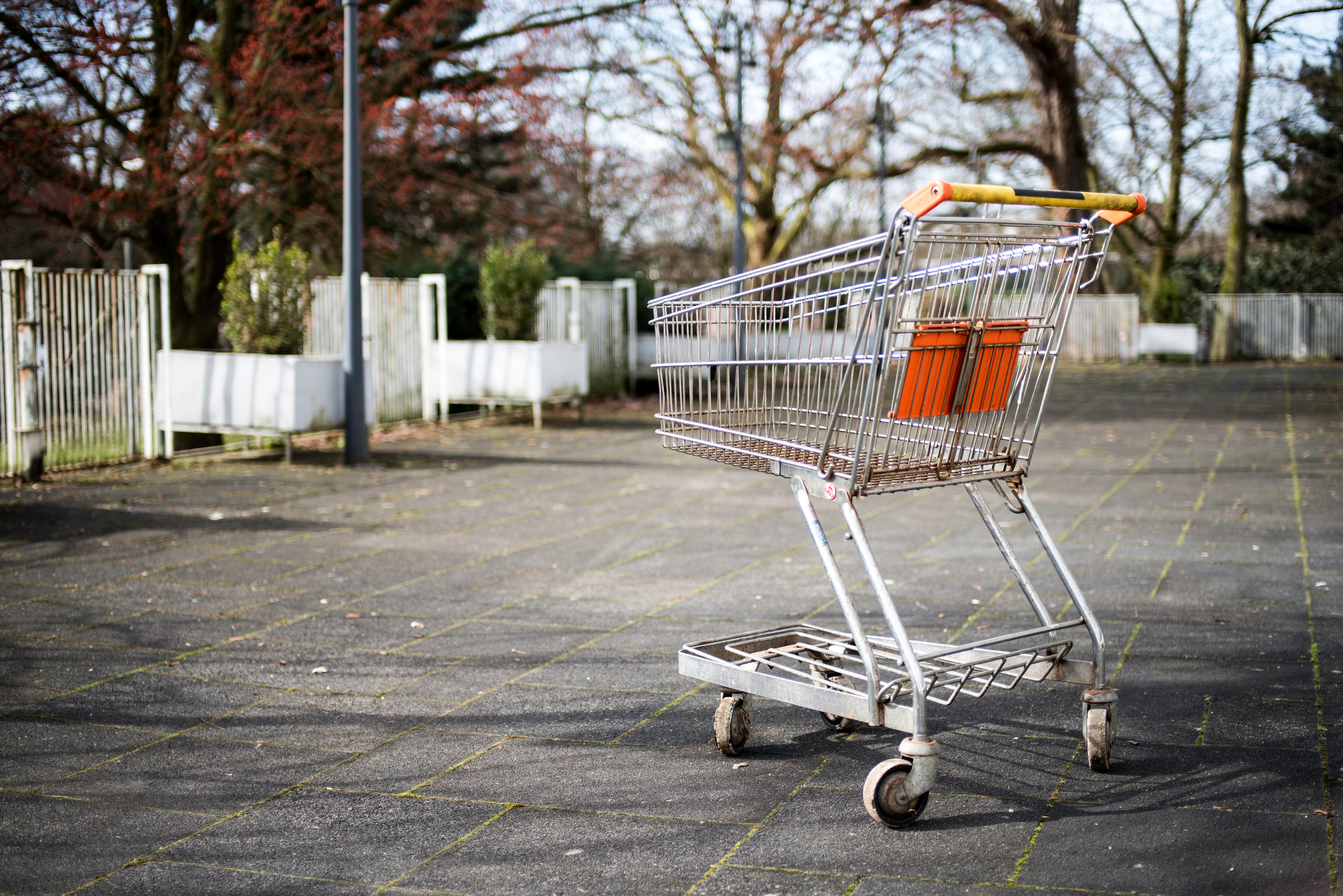Retail is a unique industry in many ways, inasmuch as it will always exist; having been completely reshaped by technology and the internet, much more change is on its way. There may be small interesting changes but a look at the bigger changes of past, present, and future that have shaped the industry is required.
SOLVED
- Log in and banking information
This was originally a nightmare as retailers tried to find ways to reduce fraud, improve the customer experience and make sure the customer felt safe amidst initial internet security concerns. The process is probably up for some changes but on most sites where you have made a previous purchase you can now make a second purchase with a click or two.
In the future, everything may well be linked up with seamless platforms like Apple Pay and we will be able to pay with a simple retinal or digital scan. Arguably we are pretty much done for improvement here, with just a final tweak or two within sight.
- Chargebacks
Things like chargebacks were initially a problem for retailers. Online shopping meant people could purchase everything they wanted and then reject the charge through their credit card company. The retailers then had to prove that the item had been delivered and not returned in order to avoid paying the credit card company. This fits into fraud issues, for most retailers it represents a percentage of their profit big enough to worry about, but not big enough to be an outright priority all the time.
However, companies like ChargebackGurus have been tackling this for 13 years and offer a decent solution for now. The only thing that might make this change is future shifts in payment methods like cryptocurrencies or any legislation around a cashless future.
IN PROGRESS
- Delivery times
Shorter delivery times was always one of the big goals, and Amazon stepped up to the plate relatively quickly. Next day delivery is now fairly standard, with food delivery is making its own progress in its own way. The question seems to be: when will drones deliver our packages within an hour? Although we may know the overall trajectory, walking down the street with drones buzzing overhead, holding packages will still be a crazy new norm!
- Customization
This seems to be one of the issues next up to the plate. Shipping many units of the same product is easy: you just slap the address on and fling it out the door. However, customisation is in the process of being solved: companies now offer software that stores product information and makes it available to manufacturers, retailers and inventory management. Which means each can be aware of the variety of SKUs another has in stock. It still has a long way to go but this is another example of where the internet is well placed to solve the solution because this solution doesn’t mean dividing up tiny portions of stock and sending it to outlets. Everything can sit in a warehouse which services a huge area.
- Advertising
Advertising has seen a huge step forward recently with Adtech and Martech companies popping up everywhere, to the point where both sectors look set for a consolidation. Advertising is the area of the internet probably up for the biggest and longest lasting changes. Internet companies either sell things, advertise stuff or charge a subscription. That is basically it.
Selling things means you need to advertise what you sell somewhere, advertising platforms are paid for by sellers advertising what they sell, and subscription models cater to customers willing to pay to see no ads. With GDPR coming in next year and more companies wisening up to the way consumers want their data to be dealt with, the online advertising world is developed enough to be established yet up for far more change in the future.
YET TO COME
- Returns
Many people buy things like jeans and shoes online, but items purchased online are over three times more likely to be returned than items bought in brick-and-mortar stores. I really see no clear solution on how me might get around this one. You can already get size charts which compare a given manufacturer’s sizes to other well-known manufacturers, but this only seems to have brought things so far. People need a more accurate picture of what they are buying to reduce return rates.
- Shops
I don’t even… Surely they are not all just going to go away? Is the future one where 5th Avenue and Oxford Street are just derelict or full of ridiculous expensive property owned by Russian oligarchs?
Some suggest that shops will still exist but will not actually stock anything, which will change the nature of commercial real estate since they will not need a large stockroom. The idea is: you go in, find what you want, scan and pay on your phone, and the item will be delivered to your home at your chosen time. That doesn’t really seem that innovative and there might not be a place for that particular business model. As with returns, the way forward here is uncertain.
Is eRetail done?
So once the above is all sorted will eRetail be sorted? I’m sure it won’t. Developments in other sectors like driverless cars will probably mean that your car could go pick something up while you’re at work. You could set your car a list of chores for the day which will be done and waiting for when you need to be picked up. But for what we can see right now there’s plenty to be getting on with.












